As we move towards a global society, the world we live in grows smaller each day. Students need to be prepared for this trend toward globalization. Teachers play a vital role in ensuring that an appreciation for and understanding of cultural diversity is an integral part of every child’s education.
Through literature, teachers have an amazing opportunity to introduce students to cultures beyond their own. They can also ensure that all students see themselves reflected in the books they are reading.
For some students, books featuring multicultural characters and settings serve as window texts, opening their minds to different cultural perspectives and allowing a greater understanding of the immense diversity in the world around them.
For other students, these books can serve as mirror texts, providing self-empowerment and a sense of self-worth when they see themselves in the stories they are reading.
Educators can encourage inquiry into other cultural perspectives by searching for teaching resources that reflect our increasingly diverse world. And with so many changes happening in countries right beyond our borders, there are more opportunities than ever to tie the texts and lessons we use in the classroom to cultures beyond our own.
Picture Books About Cuba To Use In The Classroom
Though only 90 miles separate the United States from Cuba, legislative barriers and cultural perceptions in the age of Fidel Castro have made our two countries seem worlds apart. Those barriers, however, are slowly being lifted. The United States and Cuba re-established diplomatic relations in 2015. And it’s possible that unrestricted travel to and commerce with Cuba will be a real possibility in the near future.
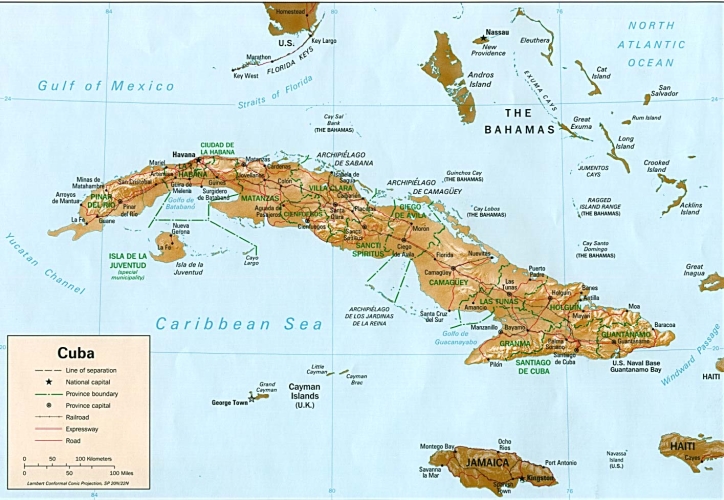
While most of today’s students aren’t traveling to Cuba quite yet, the gradual thaw in U.S.-Cuban relations provides some excellent teaching opportunities in the classroom. These colorful picture books about Cuba, for example, can help students envision this island that’s still just beyond their reach–but likely to be an integral part of their future.
1. Drum Dream Girl By Margarita Engle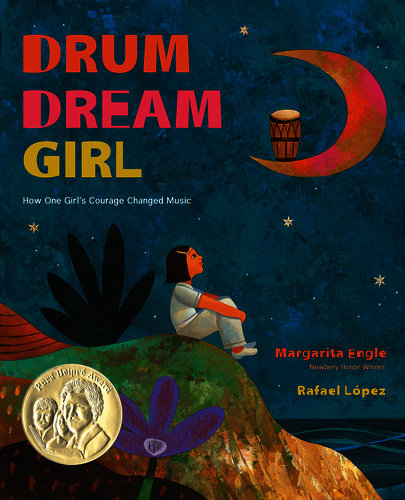
In her picture book-in-verse Drum Dream Girl (Grades P-3, Lexile NP), Cuban American author Margarita Engle tells the story of a nameless girl who dreams of becoming a drummer. Recognizing the importance of percussion in Cuban music, Engle describes the girl’s home country and town as “an island of music/in a city of drumbeats.” Vibrant illustrations by Pura Belpre winner Rafael Lopez set the stage for this girl’s journey as she works to become the drummer of the nation’s first “all-girl dance band.” An author’s note at the end reveals that there is a real-life inspiration for the story: Millo Castro Zaldarriaga.
Get ideas for how to teach this book in your classroom, including Comprehension Strategies and Links to Help Teachers Implement Standards, in our Free Teacher Resource for Drum Dream Girl.
2. Celia Cruz, Queen of Salsa By Veronica Chambers
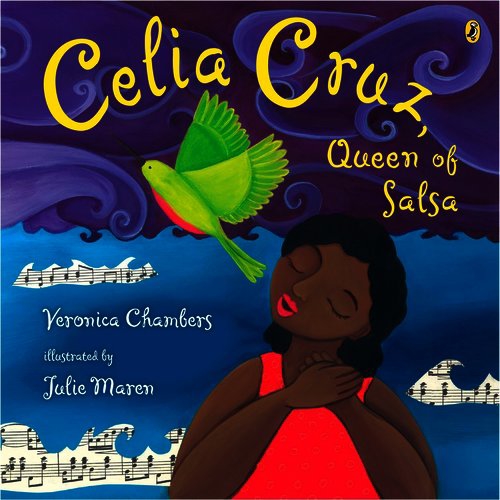 The rhythm of Cuban music is a common theme in books about Cuba. In Celia Cruz, Queen of Salsa (Grades K-3, Level M) by Veronica Chambers, for example, Cruz’ hometown is described as “the fabled land of Havana, where rhythm grows, sweet and juicy, like oranges in Florida.” Also common to both Drum Dream Girl and Celia Cruz are the colorful illustrations. Illustrator Julie Maren employs saturated, and sometimes even neon, colors to depict the richness and vibrancy of life in Cuba.
The rhythm of Cuban music is a common theme in books about Cuba. In Celia Cruz, Queen of Salsa (Grades K-3, Level M) by Veronica Chambers, for example, Cruz’ hometown is described as “the fabled land of Havana, where rhythm grows, sweet and juicy, like oranges in Florida.” Also common to both Drum Dream Girl and Celia Cruz are the colorful illustrations. Illustrator Julie Maren employs saturated, and sometimes even neon, colors to depict the richness and vibrancy of life in Cuba.
The author’s note mentions the racial diversity within Cuba, which might surprise some readers. Celia Cruz is characterized as Latinegra, or having darker skin. In a country that might be considered racially homogenous because of its isolation, readers can relate to the fact that, just like in the United States, Cuba is made up of diverse people.
Get ideas for how to teach this book in your classroom, including Comprehension Strategies and Links to Help Teachers Implement Standards, in our Free Teacher Resource for Celia Cruz, Queen of Salsa.
3. Goodbye, Havana! Hola, New York! By Edie Colon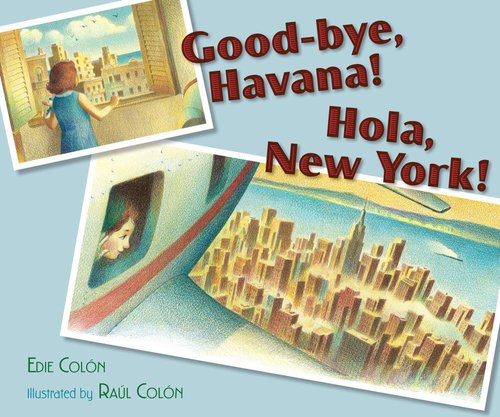
For many, immigration is an integral part of Cuban identity. Goodbye, Havana! Hola, New York! (Grades P-3, Lexile AD 690) by Edie Colon describes the author’s experience as a Cuban immigrant who came to the United States at a young age. Through the character of 6-year-old Gabriella, Colon chronicles her own family’s journey to New York as Fidel Castro came to power in Cuba and explains the political climate to young readers through the lens of her own childhood. Colon often uses alternating Spanish and English dialogue to connect readers to her Spanish-speaking heritage.
Get ideas for how to teach this book in your classroom, including Comprehension Strategies and Links to Help Teachers Implement Standards, in our Free Teacher Resource for Goodbye, Havana! Hola, New York!
And One More Classroom Idea…
After teaching these three picture books about Cuba, consider having students research their own background and ethnicity. Then throw a multicultural classroom celebration! Because whether these texts expose students to Cuban culture for the first time—or allow them to see their Latino heritage come to life—all students benefit when they learn to recognize and celebrate their differences. And by learning about these differences, they also learn another important lesson: how much we are all the same.


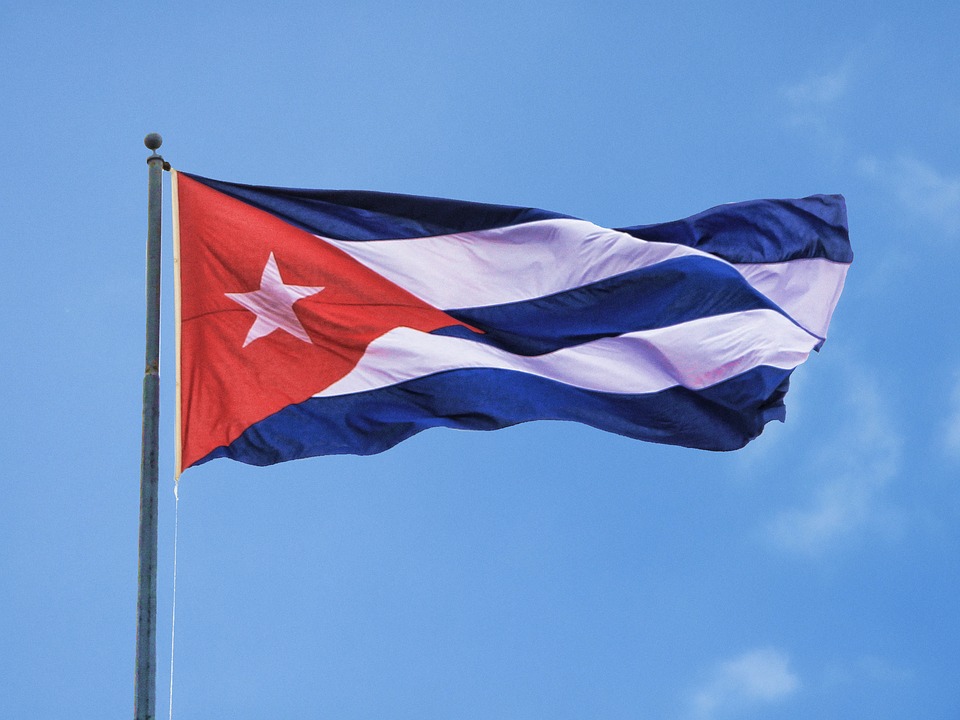
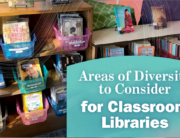
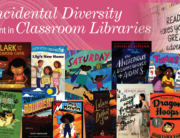
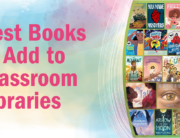

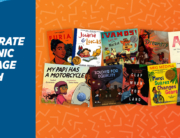
Leave A Comment